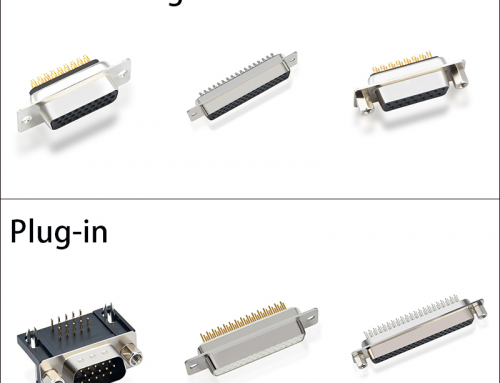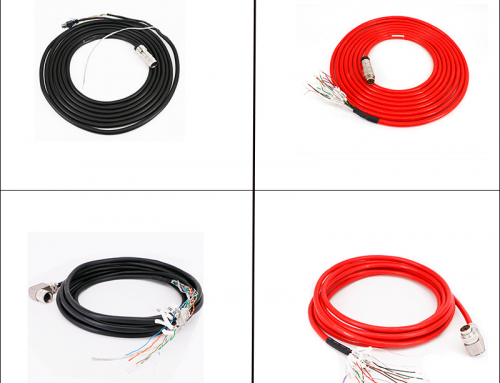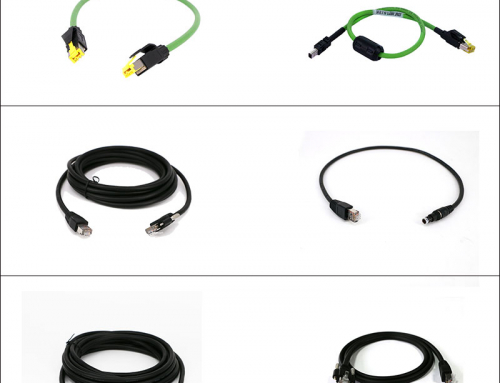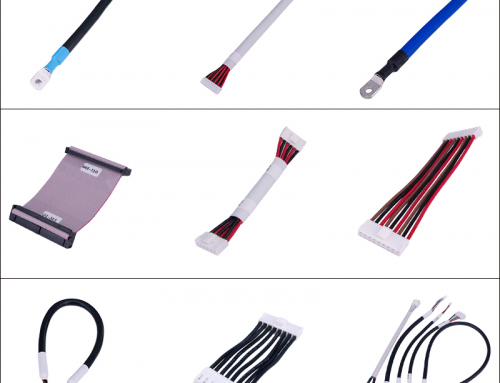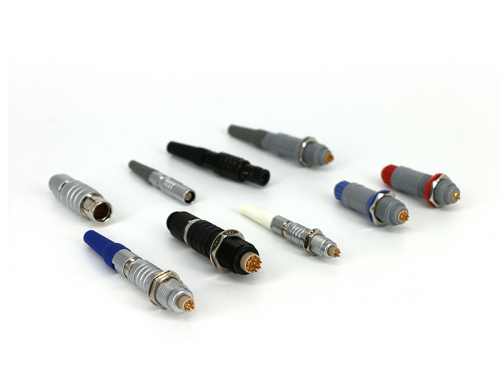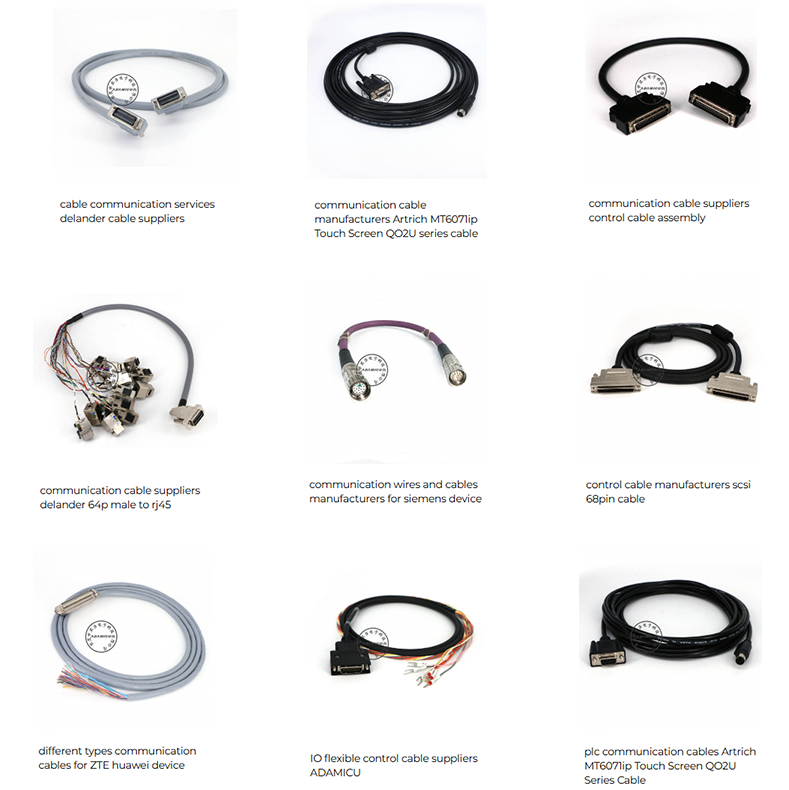
Communication and control cables play a vital role in modern communication, automation control and other fields. The following is a detailed introduction about them:
1. Communication cable:
• Definition: Cable used to transmit electrical signals and data, widely used in various communication equipment and networks.
• Common types and application scenarios:
• Twisted pair: Two insulated metal wires intertwined in a spiral shape. Commonly used in local area networks (LANs) and telephone networks, such as Ethernet and telephone lines. Commonly used are network cables consisting of two or four pairs of copper wires, which are used to connect computers, routers and other network devices.
• Coaxial cable: Consists of a central conductor, an insulating layer, a shielding layer and an outer insulating layer. Used to transmit high-frequency signals such as TV signals, satellite signals and broadband networks. It is also used in video transmission of CCTV monitoring systems. Its shielding layer can effectively block external electromagnetic interference, and the loss and interference are low when transmitting signals.
• Fiber optic cable: Uses optical fiber as a transmission medium to transmit data signals in the form of light. It has the advantages of high-speed transmission, large bandwidth and anti-interference, and is widely used in long-distance communications, data centers and high-speed Internet. It is also used to connect network equipment and transmit video signals, such as high-definition television signals and video conferencing systems.
2. Control cable:
• Definition: Suitable for industrial and mining enterprises, energy and transportation departments, etc., for control and protection lines with an AC rated voltage of 450/750 volts or less. PVC insulated and PVC sheathed cables.
• Common types and characteristics:
• KVV cable: It has multiple insulated conductors and is suitable for fixed indoor control circuit transmission.
• KVVP cable: On the basis of KVV cable, shielding is added to improve mechanical strength and anti-interference ability. It is often used in control circuits in power systems.
• KYJV cable: While maintaining excellent electrical performance, the operating temperature and actual use performance are improved. It is suitable for occasions with special temperature resistance requirements.
• KVV22 cable: On the basis of KVV cable, steel belt armor is added to improve mechanical protection performance. It is suitable for underground laying or environments with high stress.
3. The difference between communication and control cables:
• Transmission signal type: Communication cables mainly transmit data signals and are used for data communication; control cables mainly transmit electronic signals and are used for equipment control and monitoring, etc.
• Shielding requirements: Communication cables usually have a shielding layer to prevent external signal interference and ensure the accuracy of data transmission; control cables are generally partially shielded, which is determined according to the usage scenario and needs.
• Voltage level: The voltage level of communication cables is relatively low; the rated voltage of control cables is 450/750 volts and below, but they are mainly used to transmit control signals in circuits, and the current is relatively small.
• Application scenarios: Communication cables are used in data communication, telephone, television, network and other fields; control cables are widely used in control systems in industries, power, transportation, water conservancy and other fields.


